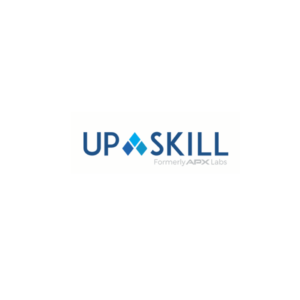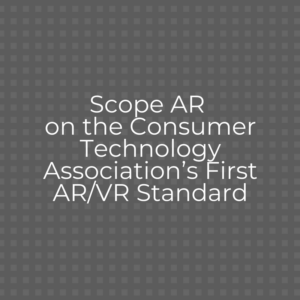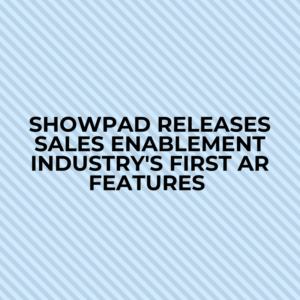The term AR has several definition gradations, but it essentially combines data from the physical world to the one that was created with digital tools. The user, therefore, sees reality being supplanted with computer-generated information. This new technology, called augmented reality, blurs the line between what’s real and what’s computer-generated by enhancing what we see, hear, feel, and smell.
Augmented Reality often gets confused with Virtual Reality (VR). However, while VR involves the user wearing a helmet or goggles to immerse themselves within an entire virtual world, AR incorporates elements of the real world along with the virtual world. One major problem with VR is that it takes the user to a desolate space. This is where AR works its magic by showcasing a composite view. AR can be achieved merely with the use of a smartphone which displays elements of the virtual world, making the technology accessible to a broader range of people.
AR will merely revolutionize the structure of commerce. Furthermore, AR will take over the lion’s share of the market totalling over $120 billion by the year 2020.
Augmented Reality enables consumers to experience what they would in a brick-and-mortar store, all from the comfort of their home. While consumers have perused and purchased goods from their smartphones, the process of having to enter credit card information before purchase often led them to abandon their shopping. With the integration of Augmented Reality in the shopping process, consumers can try the product at home via their mobile devices and in the process spend a more significant amount of time interacting with the product.
The higher level of engagement that Augmented Reality endears results in consumers being more invested in the product, with a sunk cost fallacy concerning time coming into play. Augmented Reality can eliminate guesswork or uncertainty that often comes into play when one purchases products online.
AR still being a relatively new technology, provides customers with a feeling of being on the cutting edge with experiences giving products and services in retail a sizeable advantage over their competitors. The buzz and word of mouth virality that is generated by experiences using AR help acquire more customers.
The use of geo-technology can be integrated with AR to incentivize people for coming to specific locations and availing rewards. AR helps provide retailers with the ability to add a layer of gamification and social engineering atop the shopping experience, making it more immersive and interactive. A significant drawback of this in AR is that refining this technology requires a developer team pushing out constant updates which can tentatively lead to consumers ditching the app if it doesn’t fulfil their needs at the moment.
As opposed to a one-size-fits-all approach, AR provides endless customization for mobile commerce. From choosing the right size of clothing to running promotional campaigns via Android or iOS applications, AR does it all. The role of Augmented Reality, however, is not limited to any one industry. The use of this technology also applies to industries such as manufacturing, education & training, travel & tourism.
As we see today, customers are becoming more demanding and sophisticated with the growth of the production market. Fortunately, AR can assist retailers and businesses with a compelling solution to this demand. Coupling AR with marketing strategies could help early adopters of the technology provide an unparalleled immersive experience for customers and help give retailers an edge over their competitors. This seems to be an excellent time for businesses to have a full AR strategy to make sure they don’t fail to keep up with the commerce revolution









